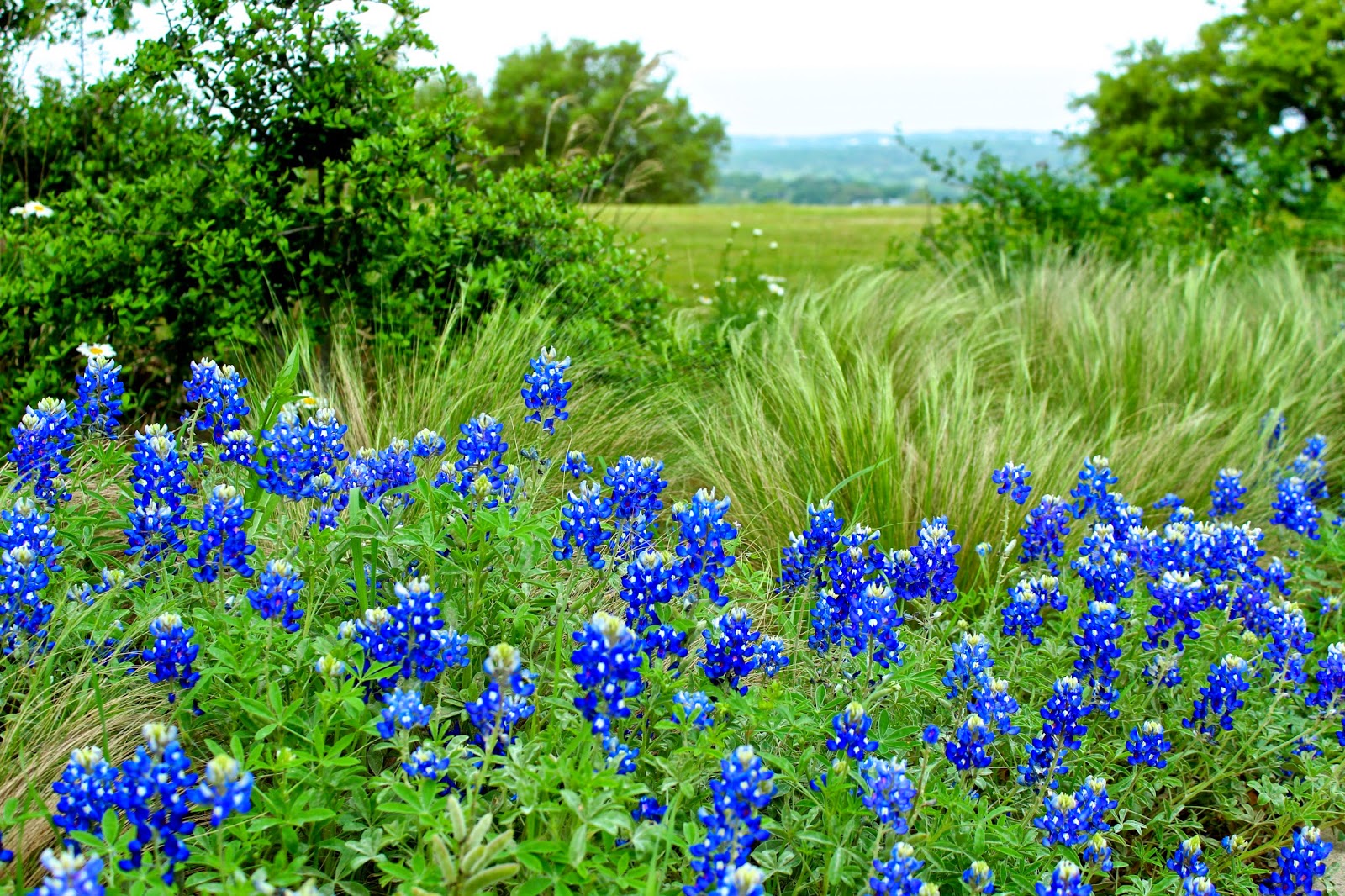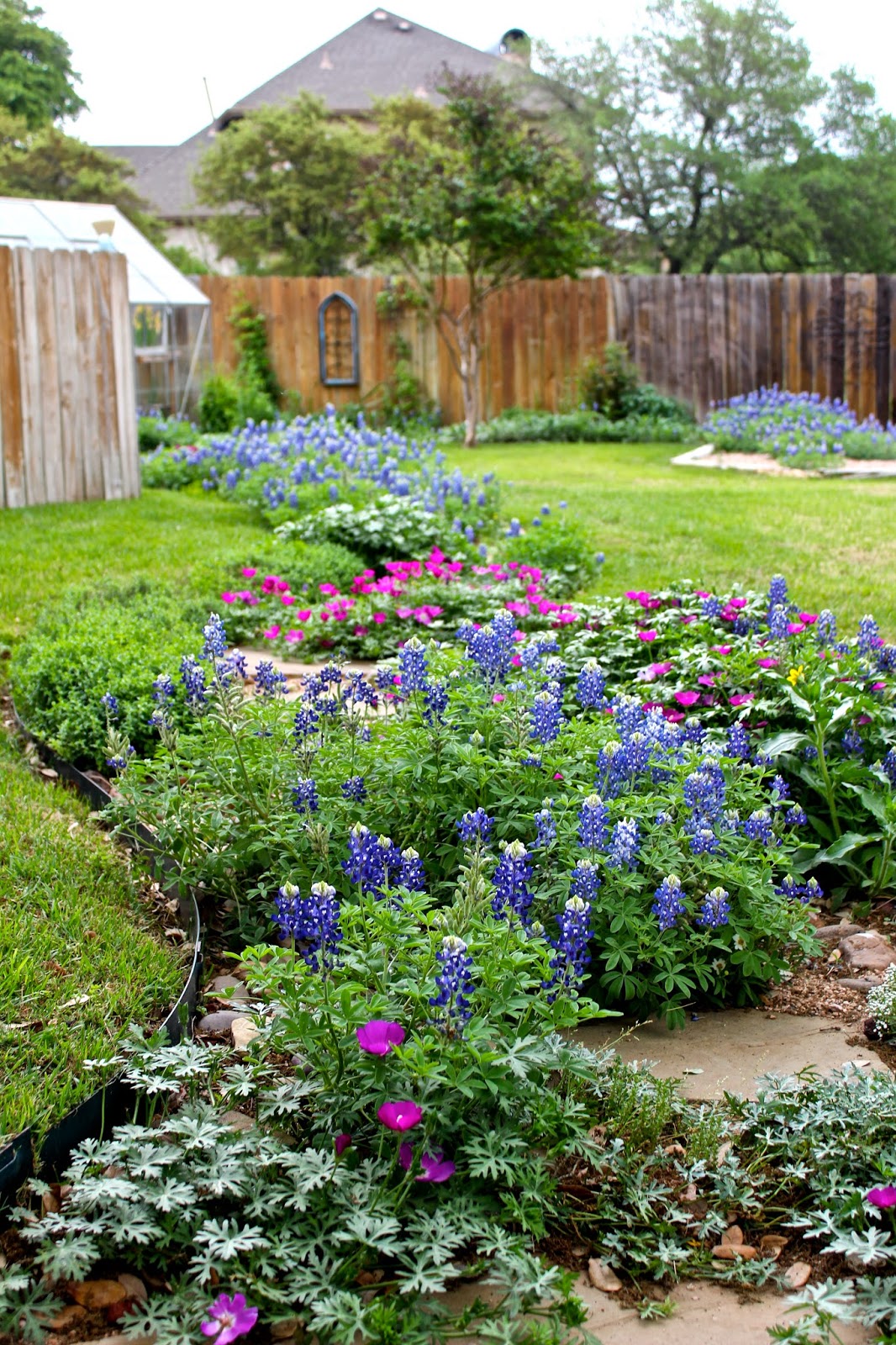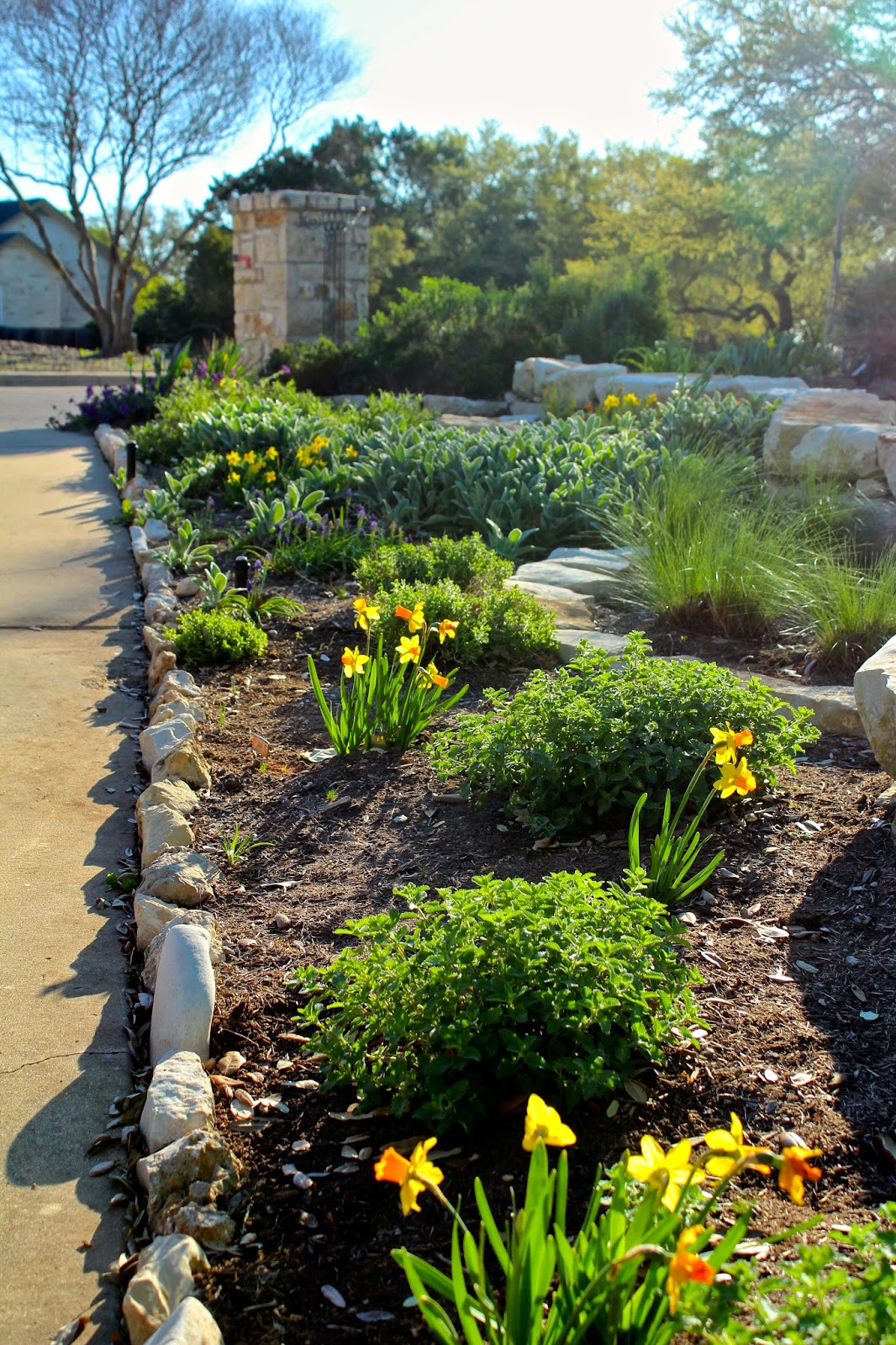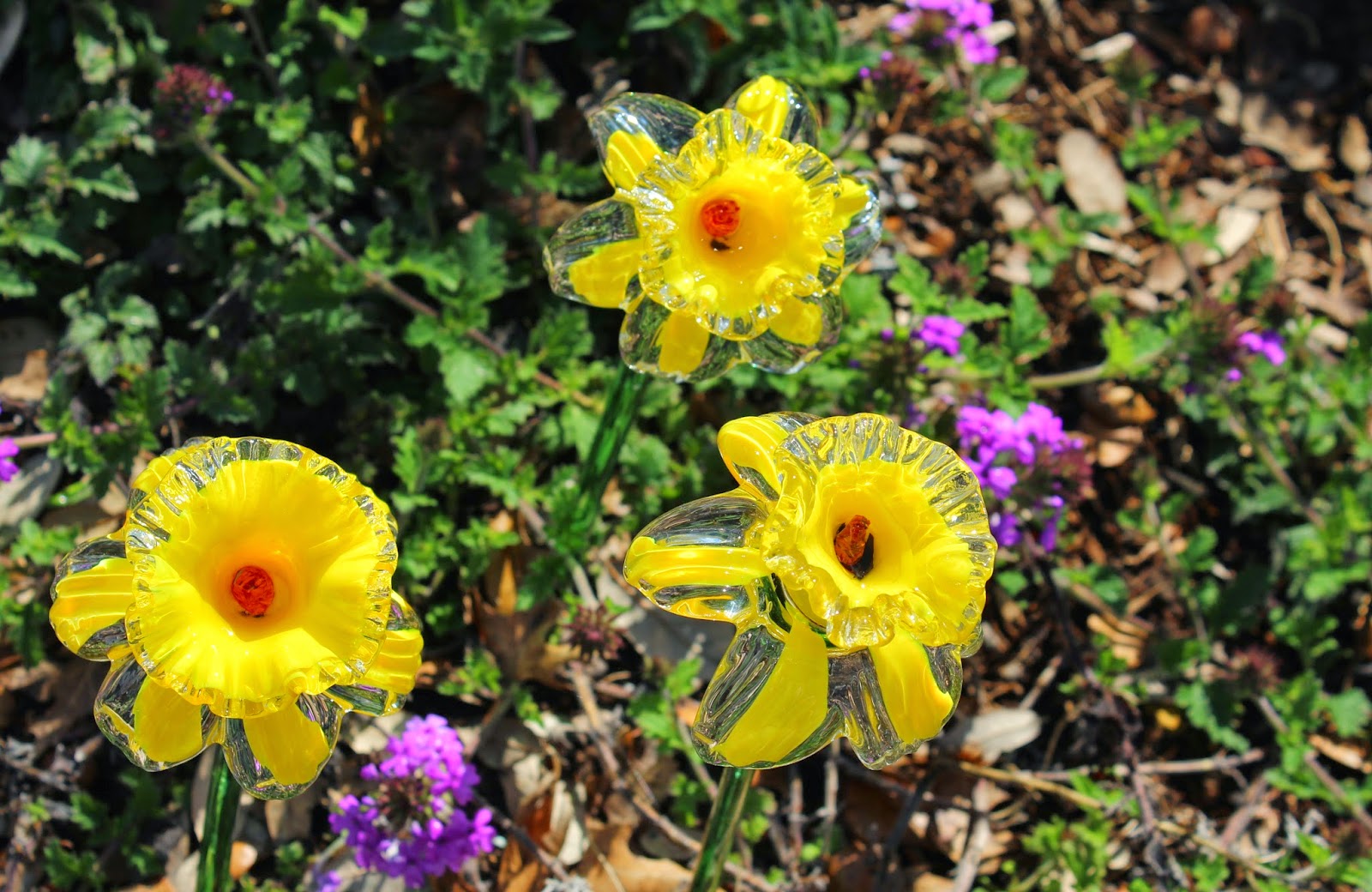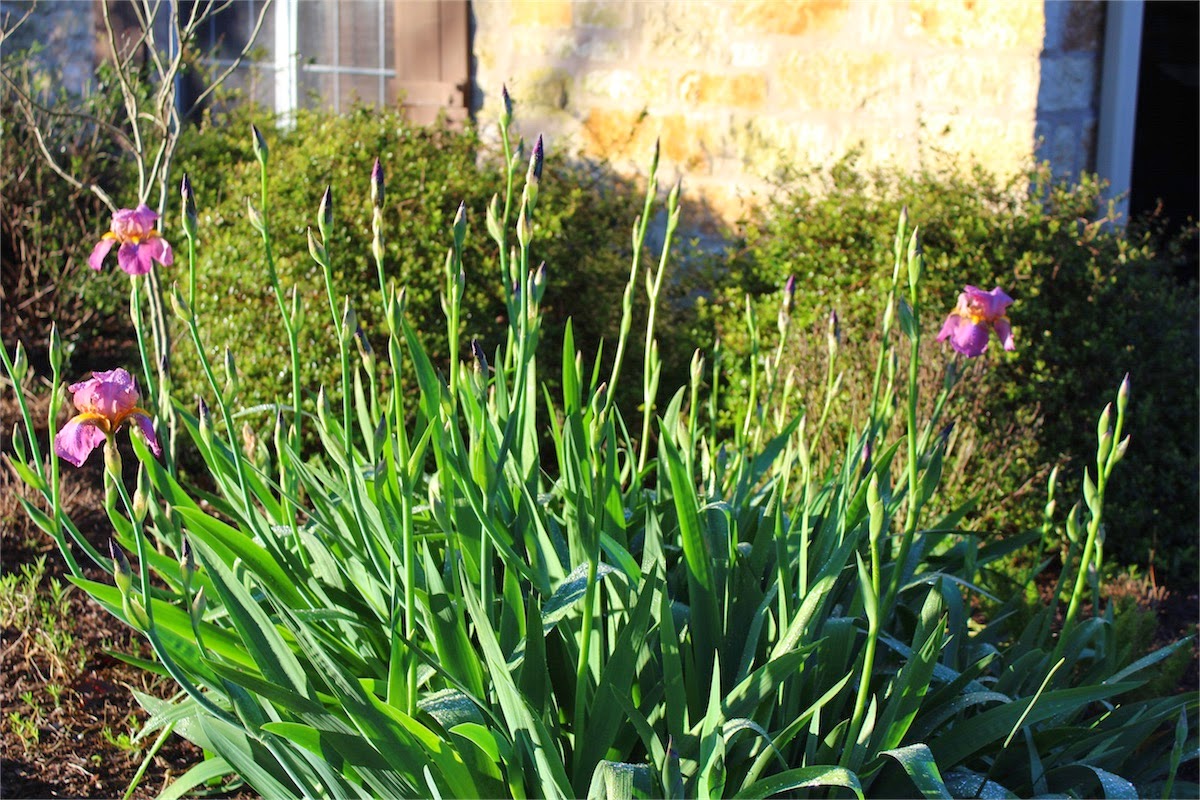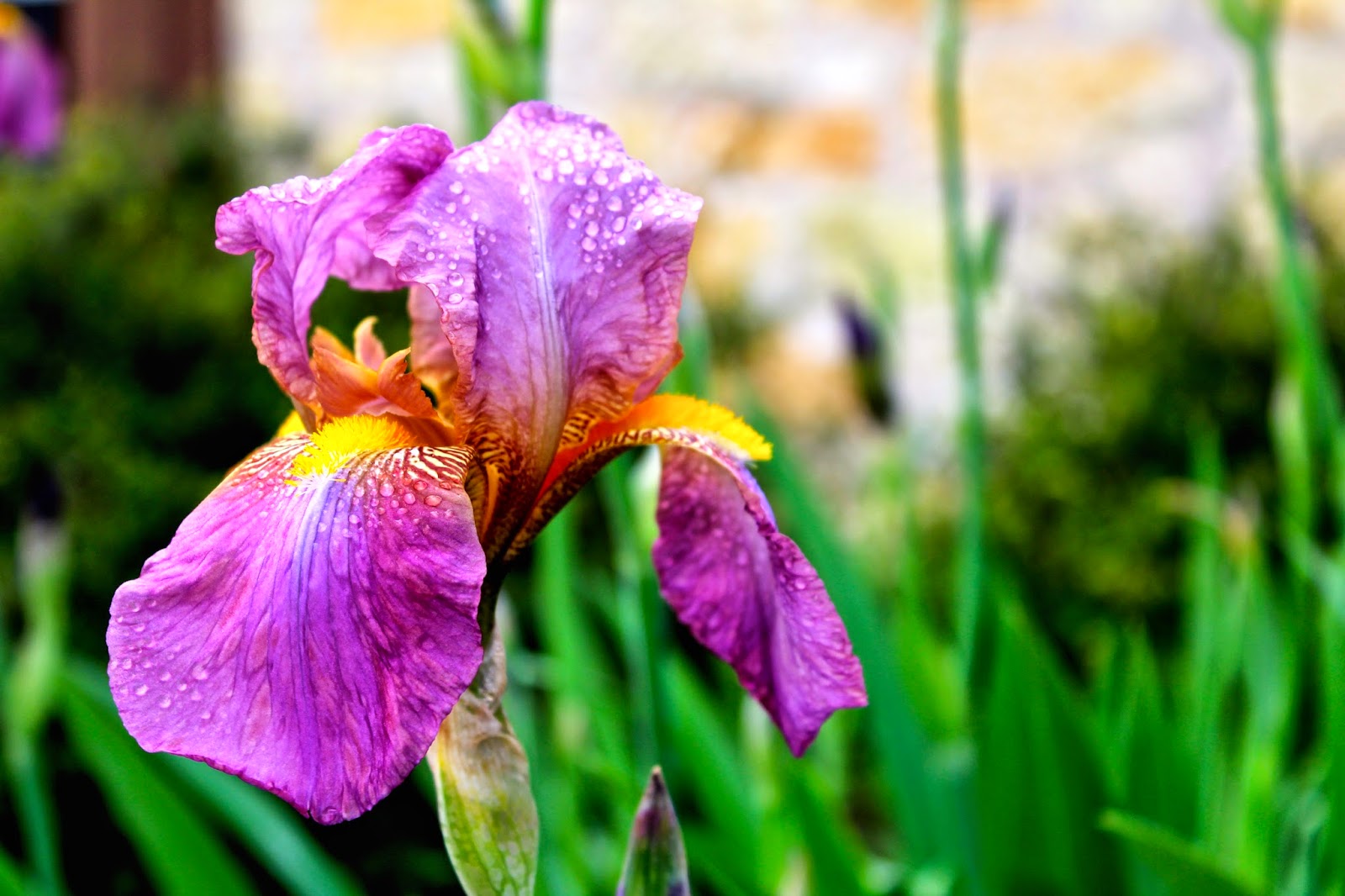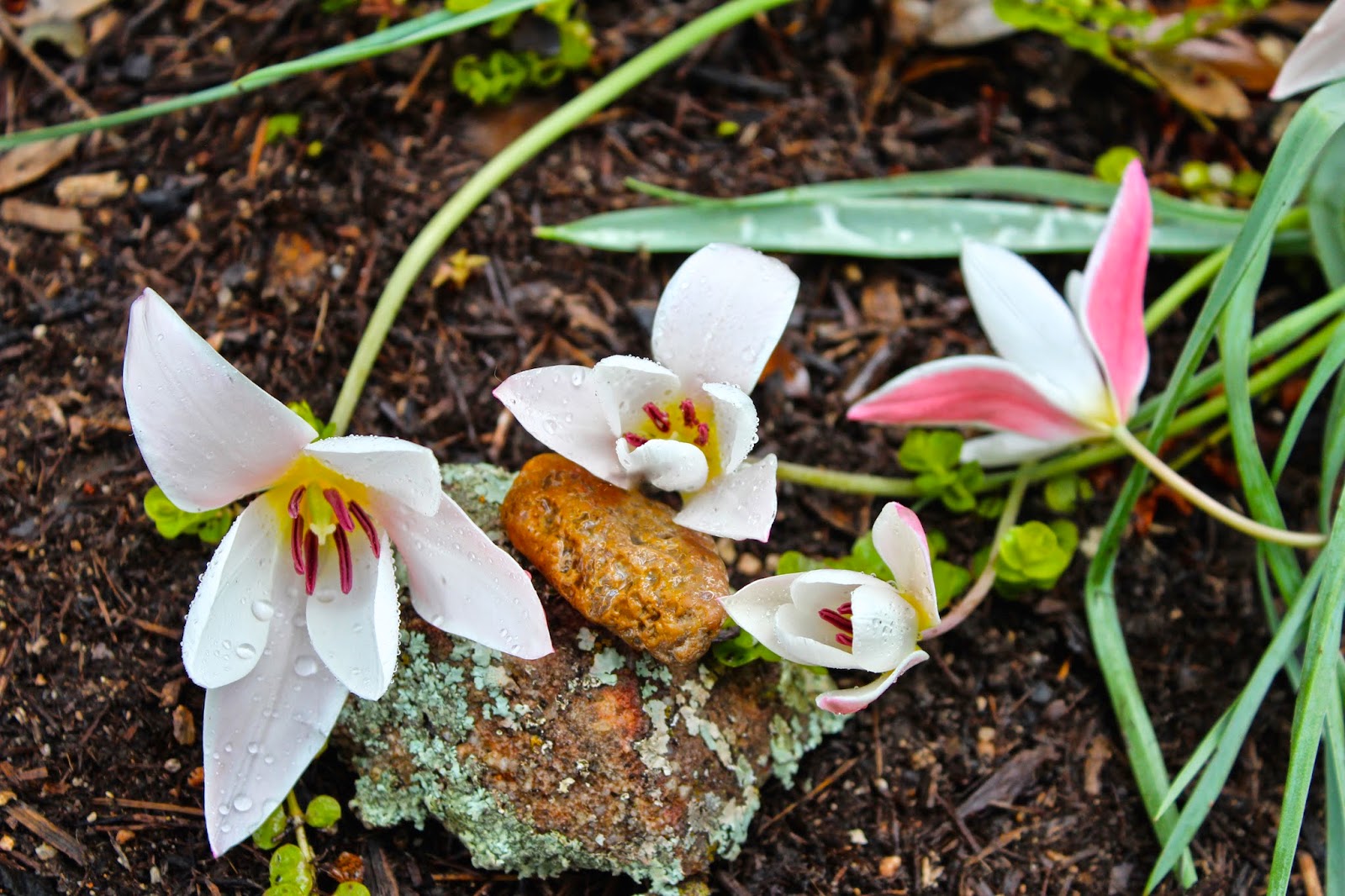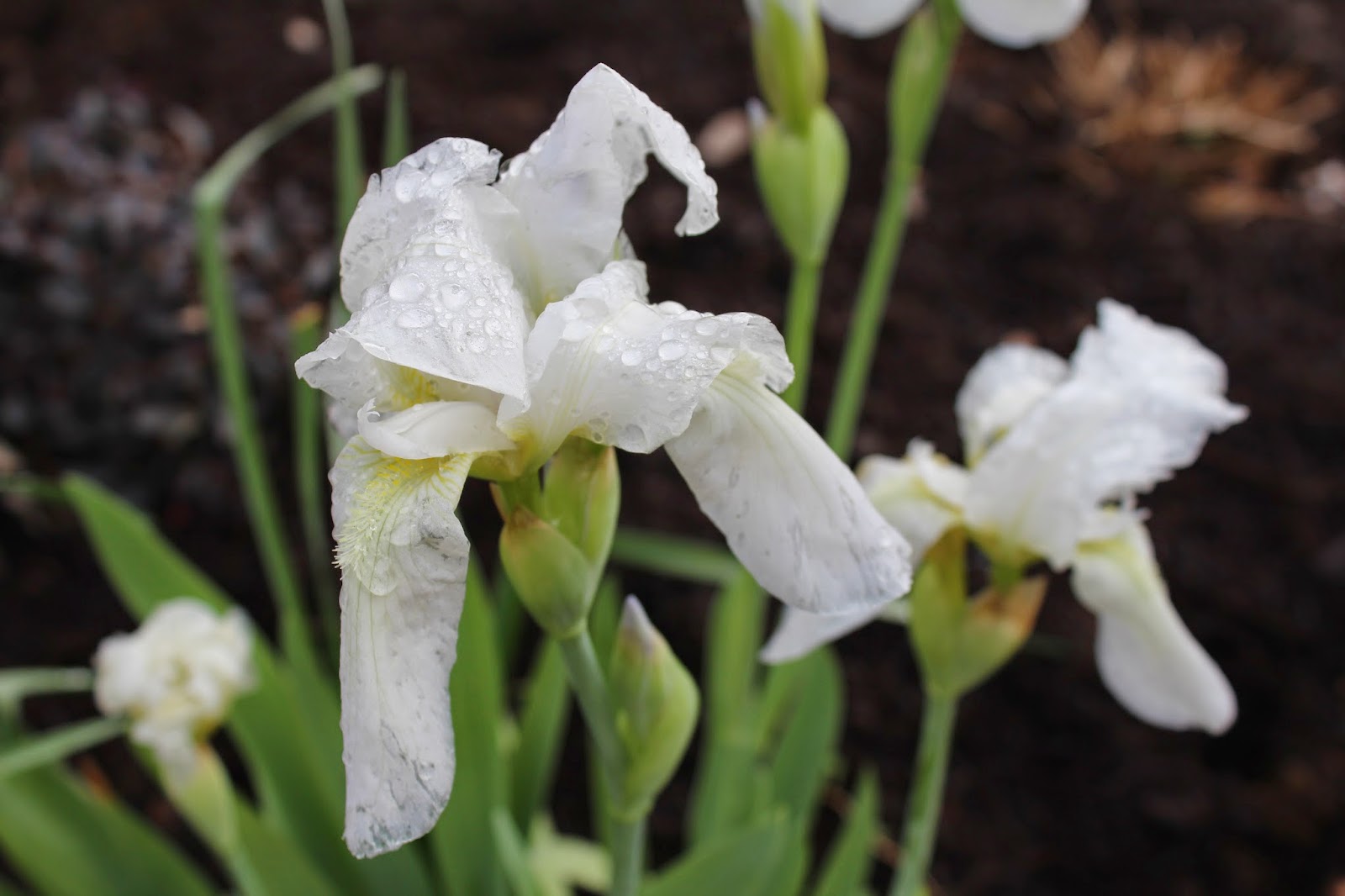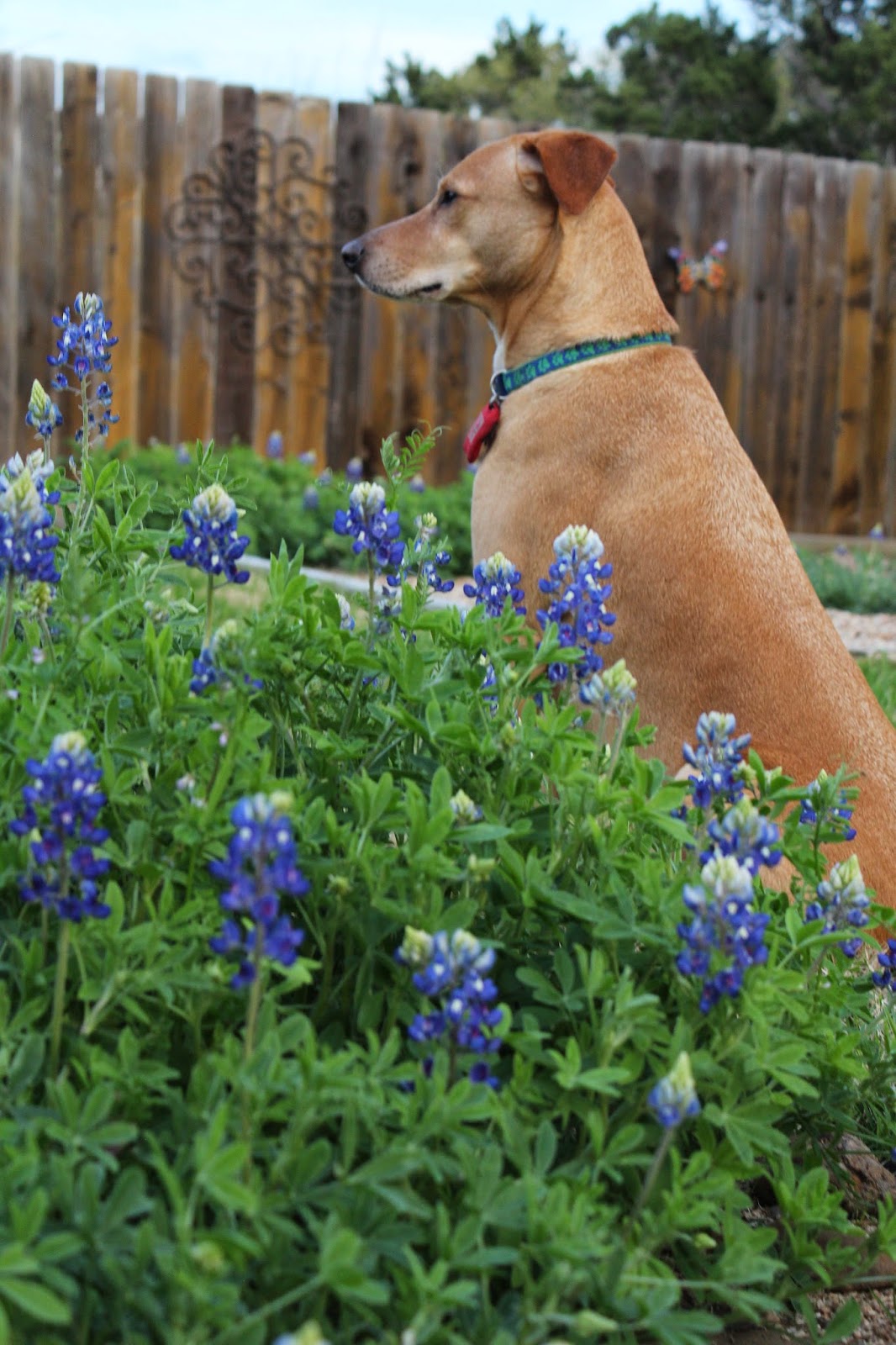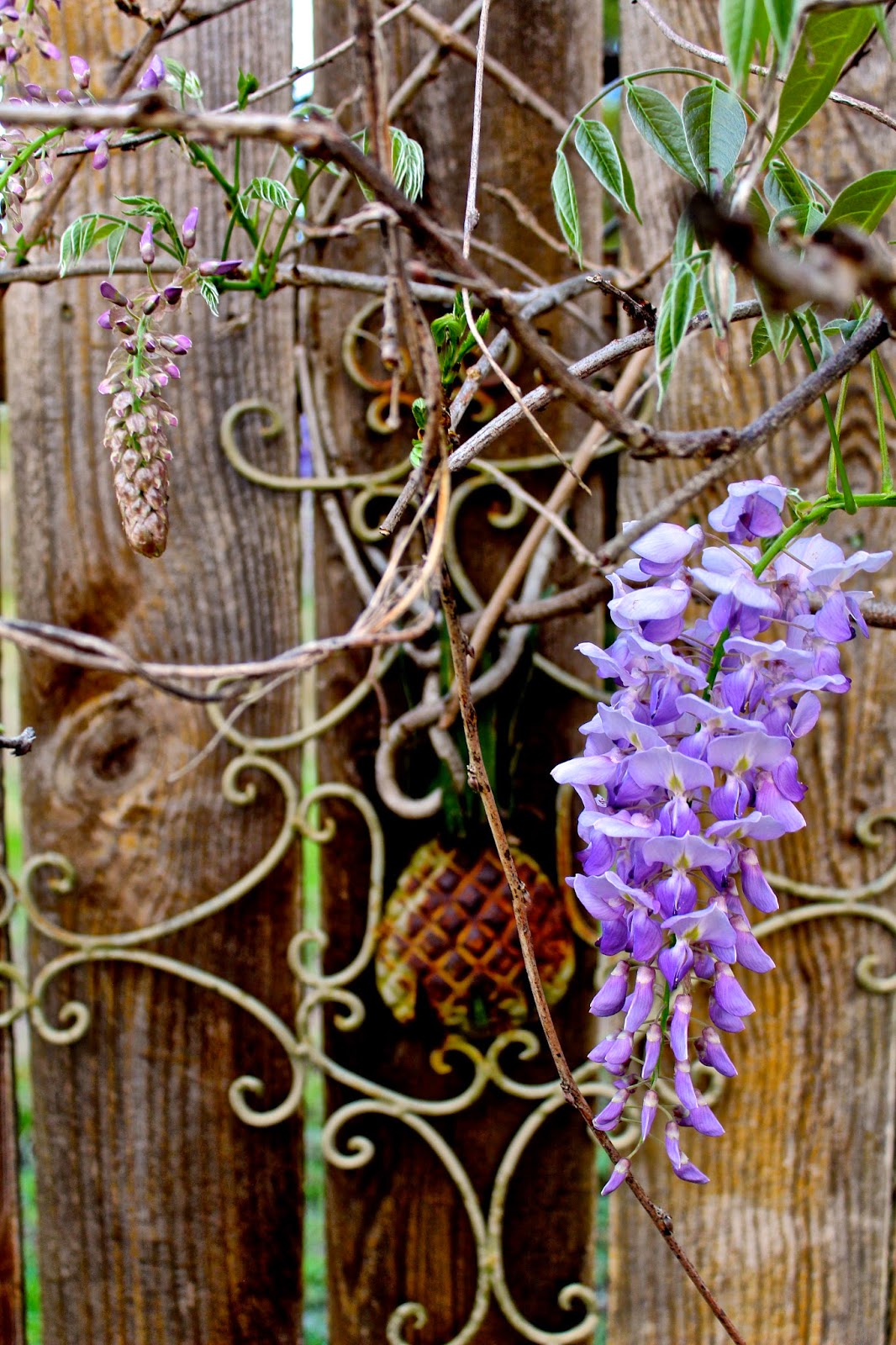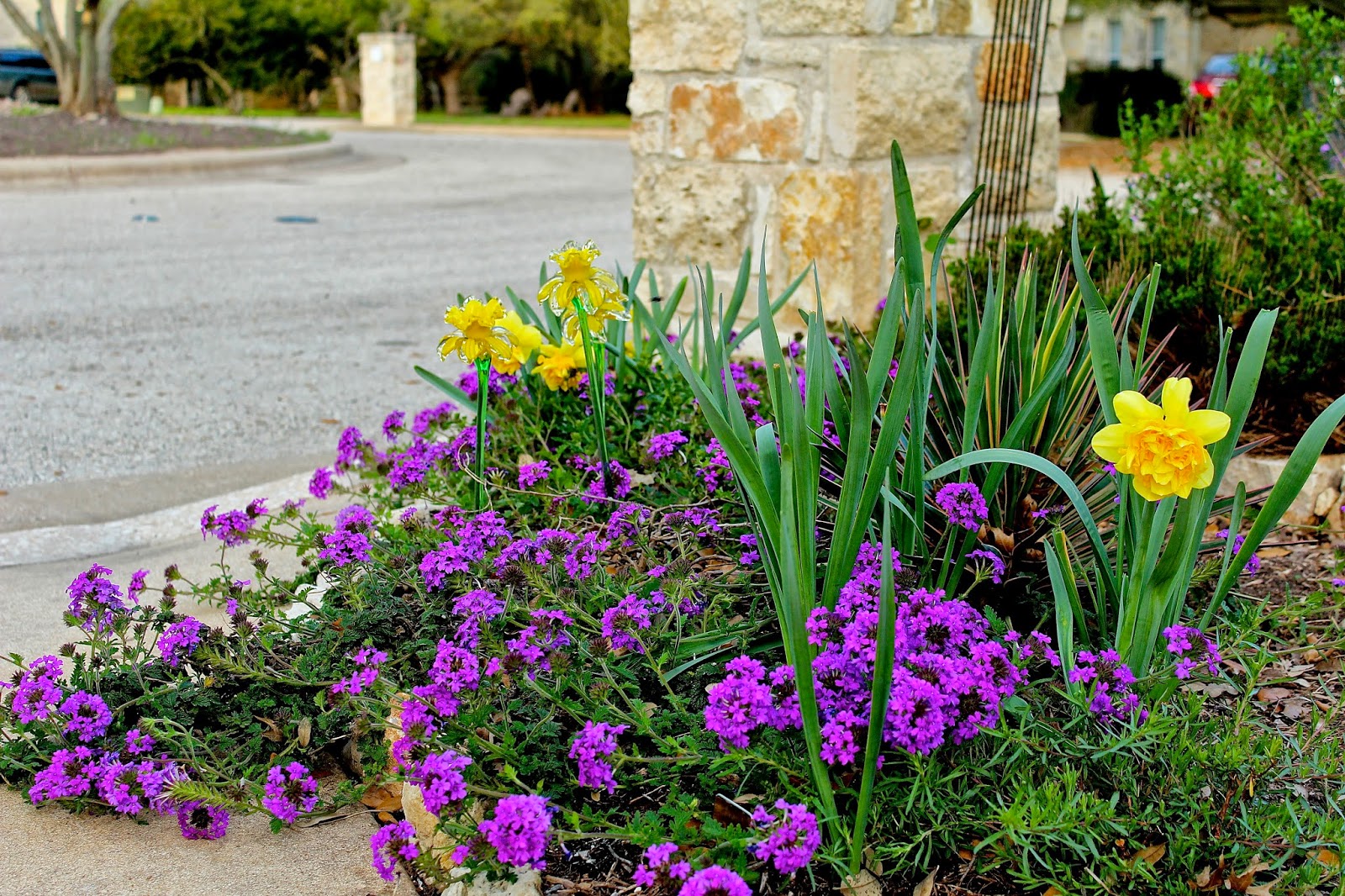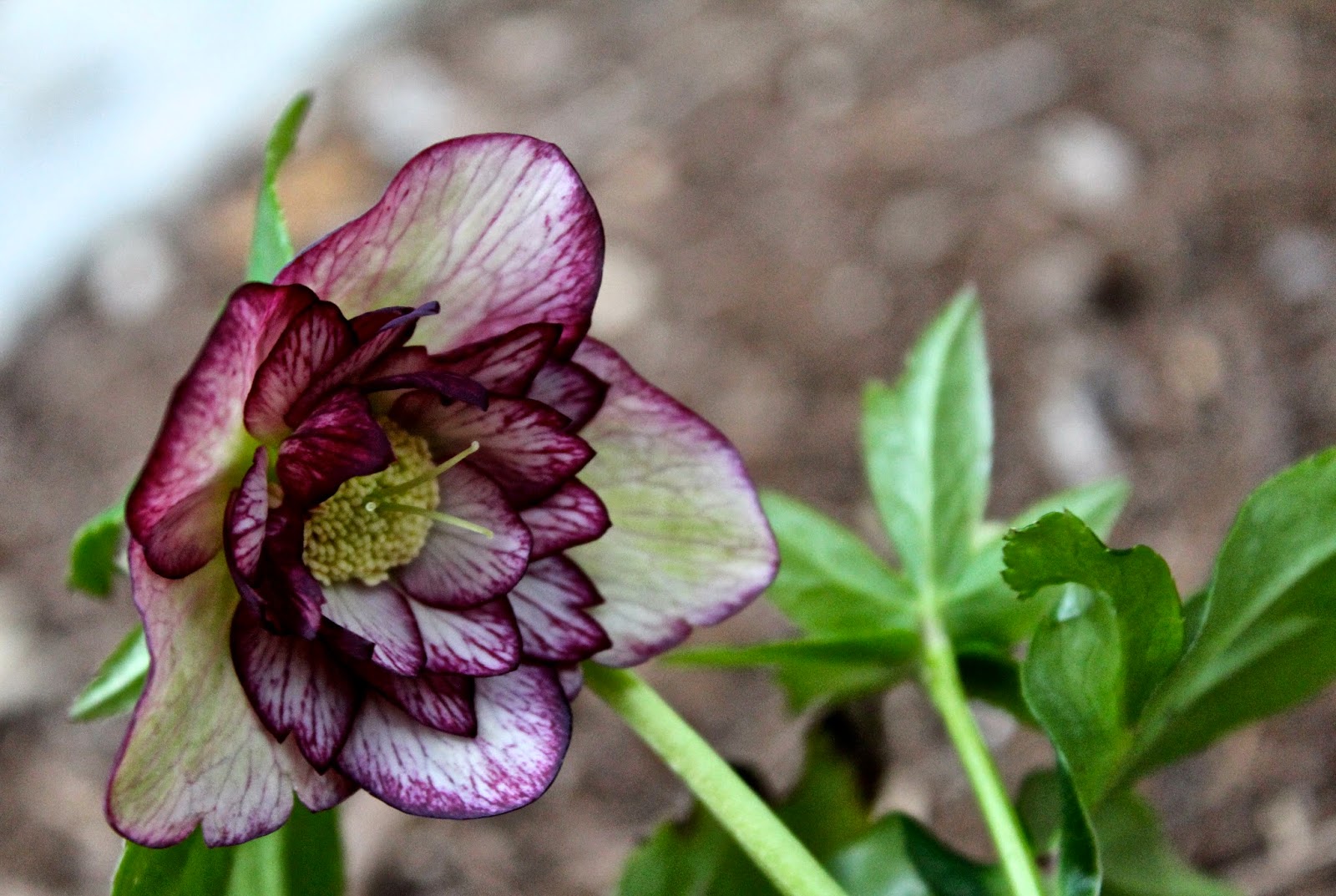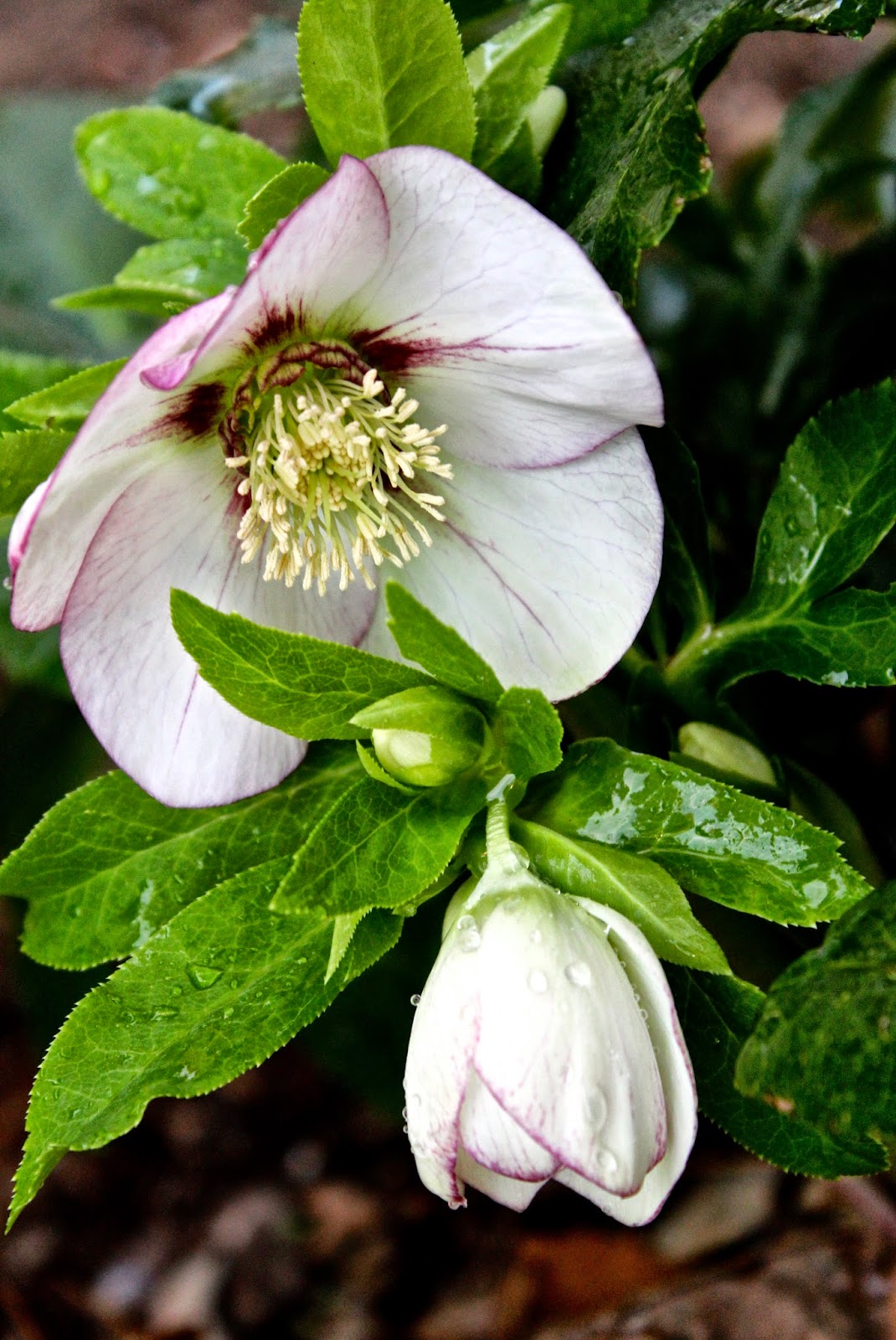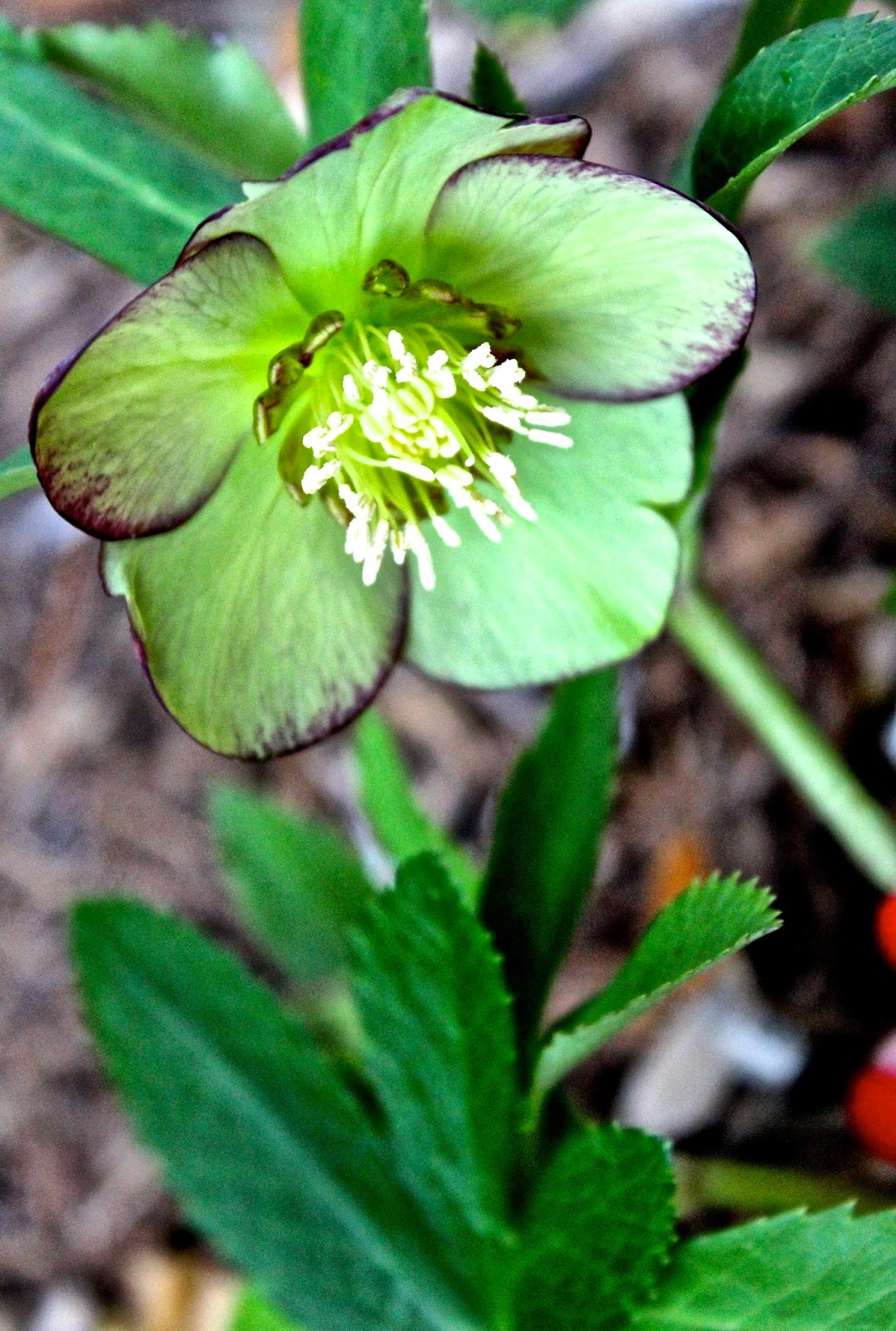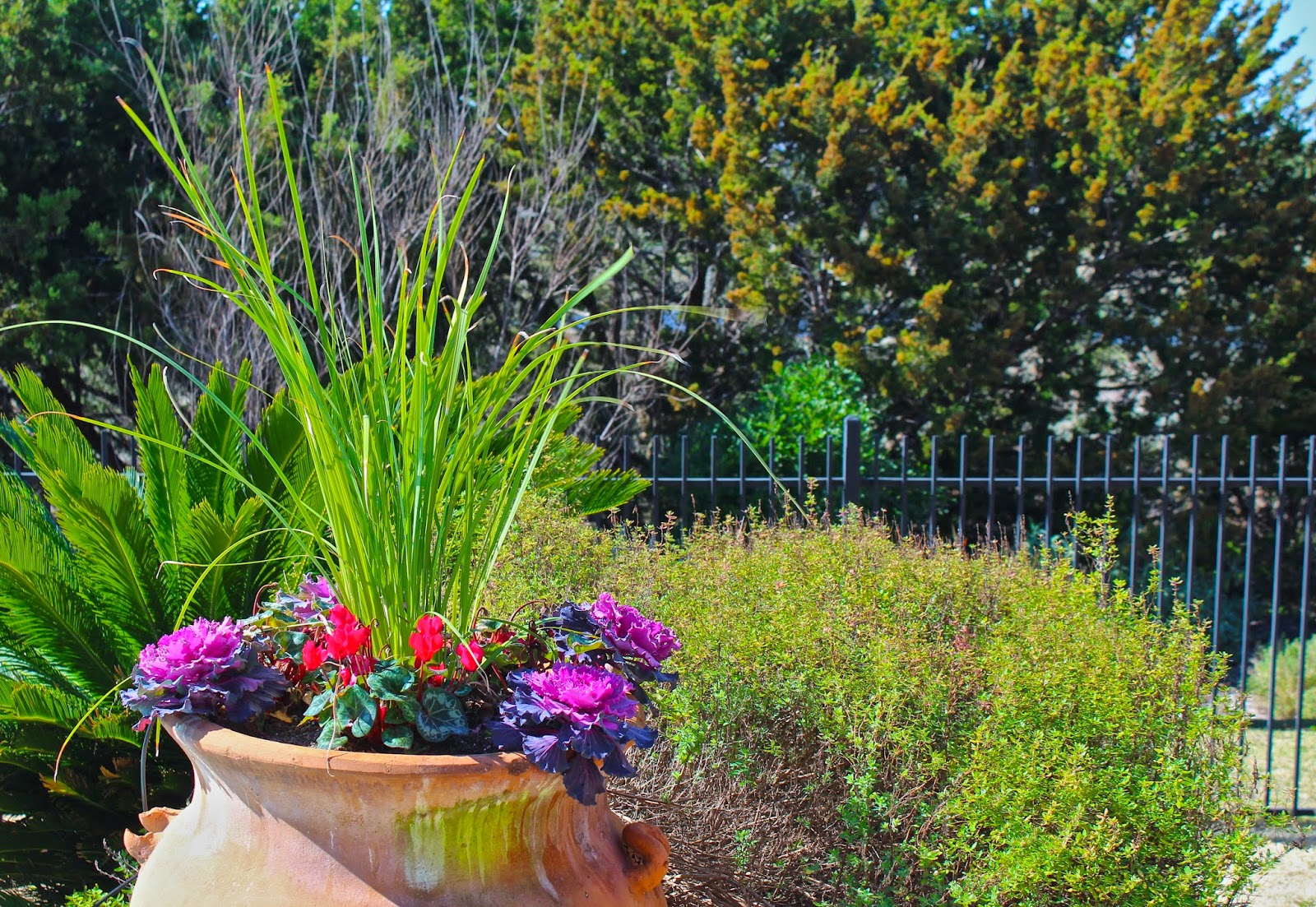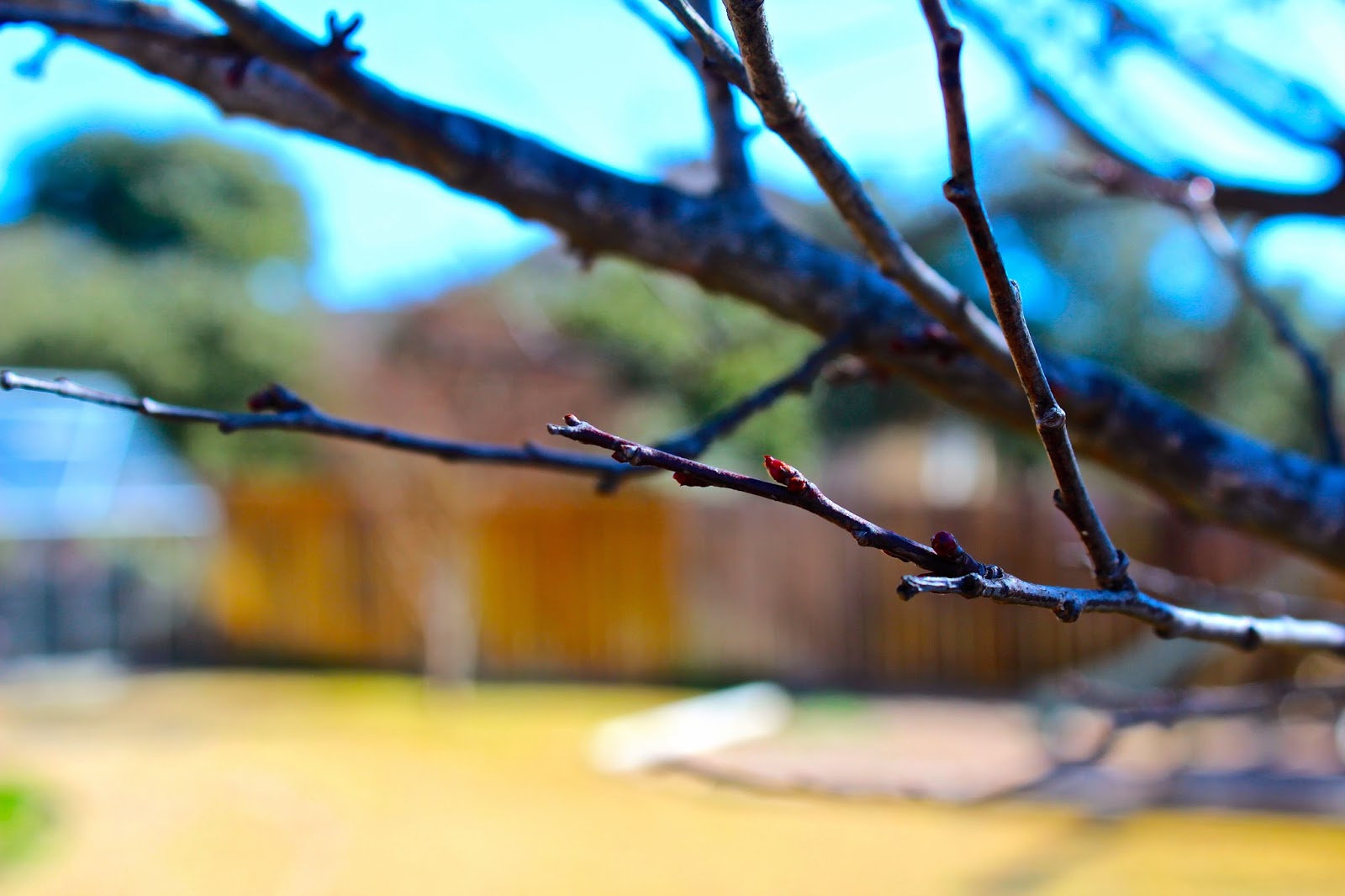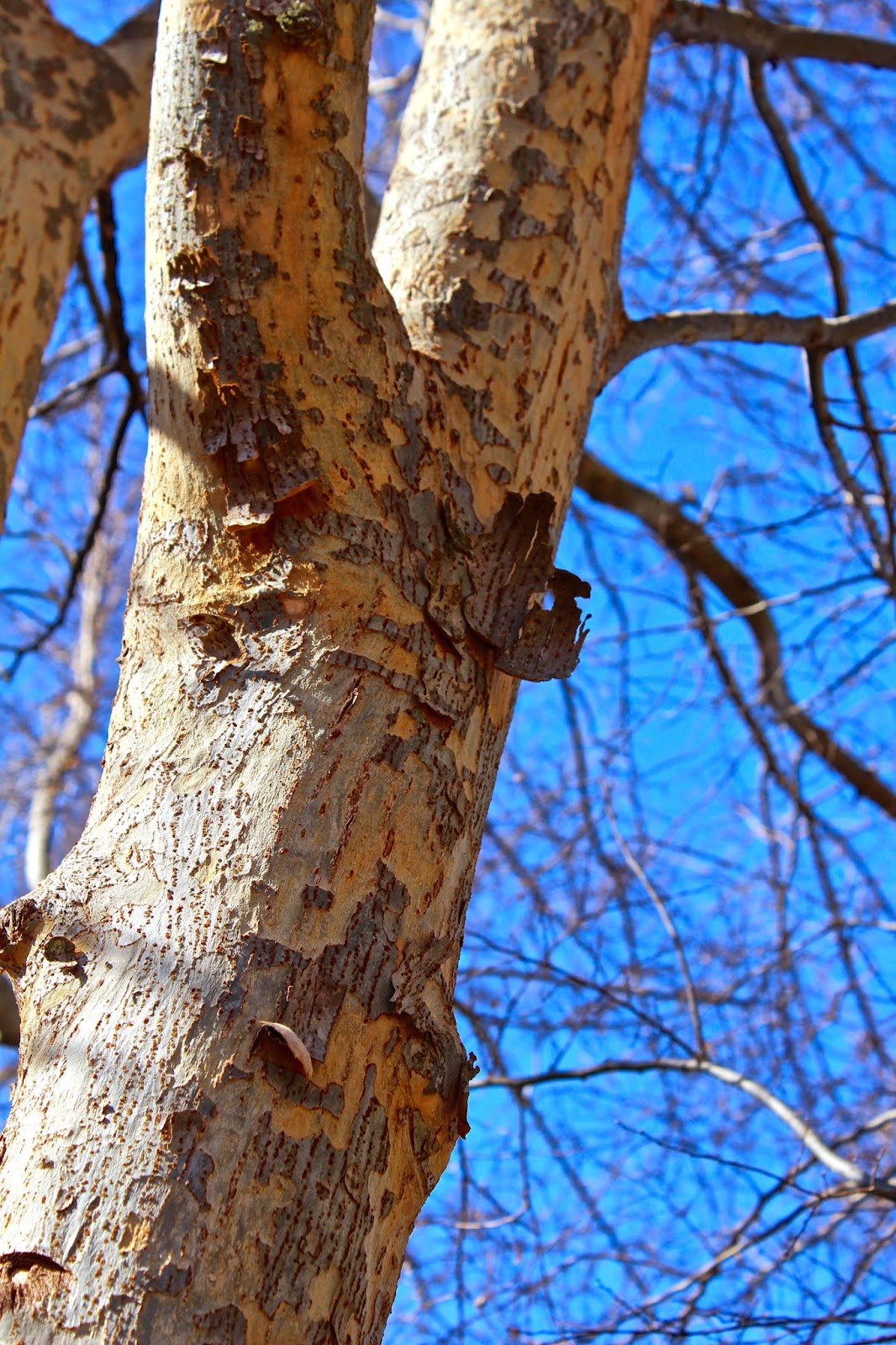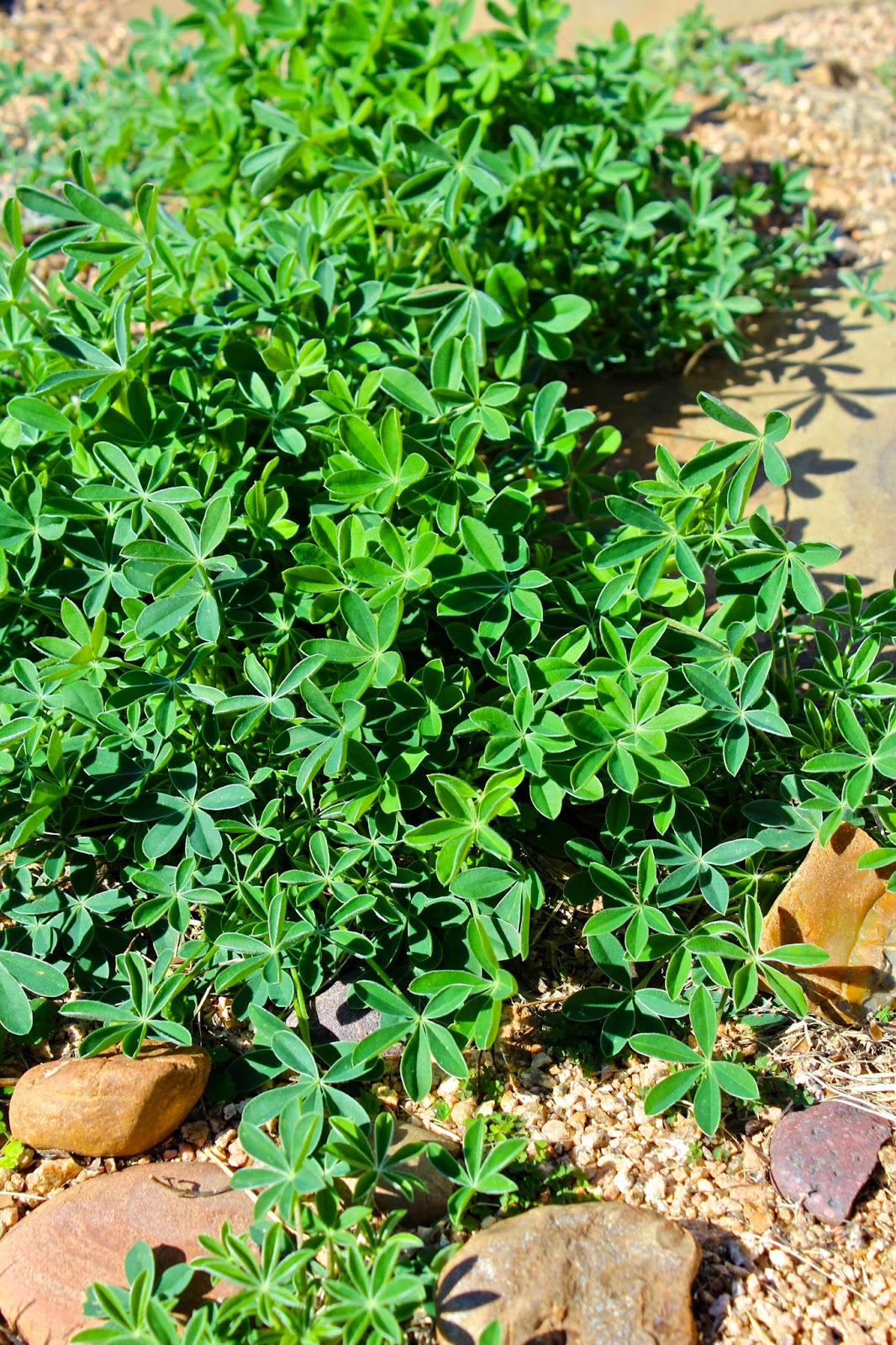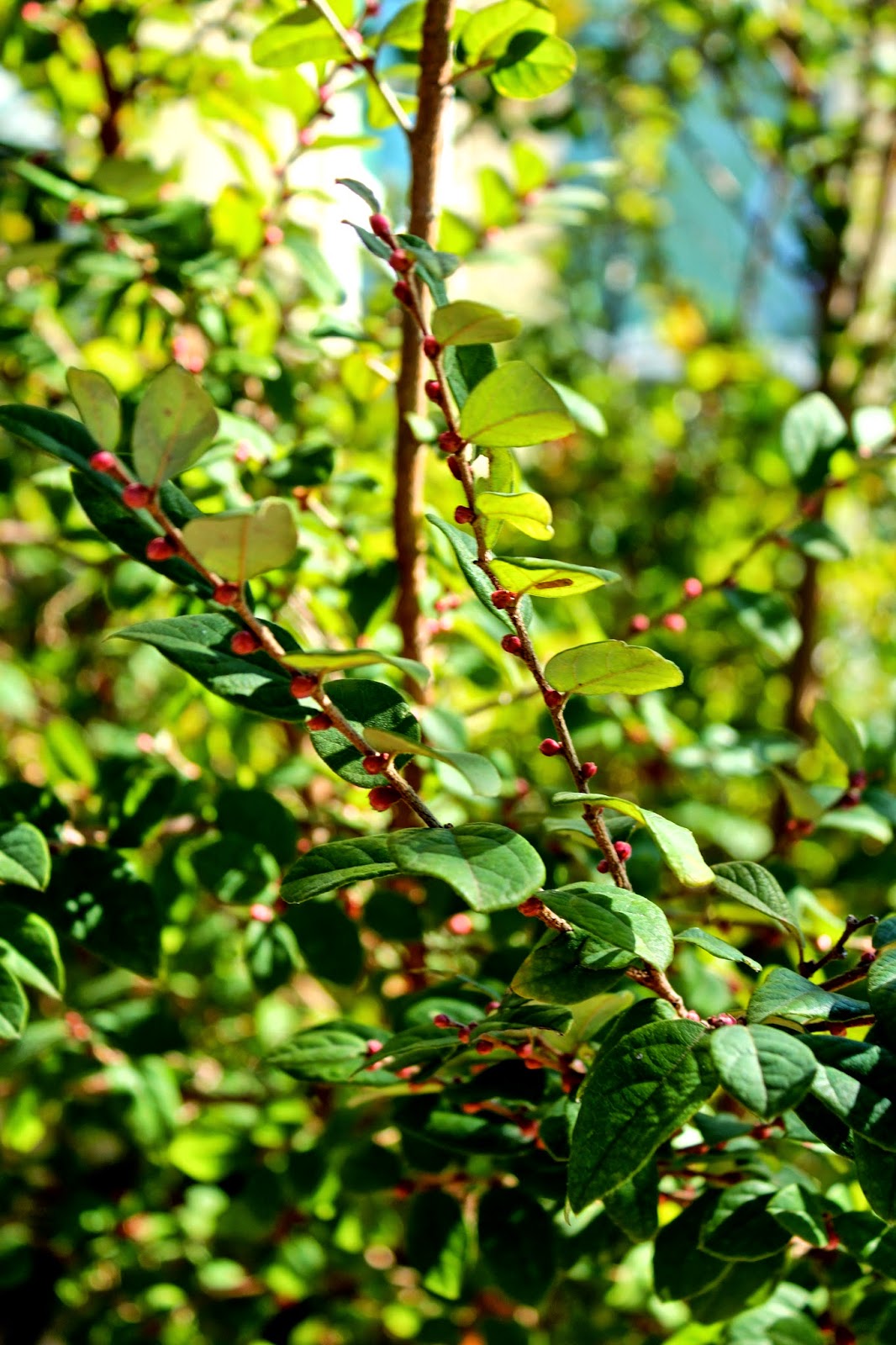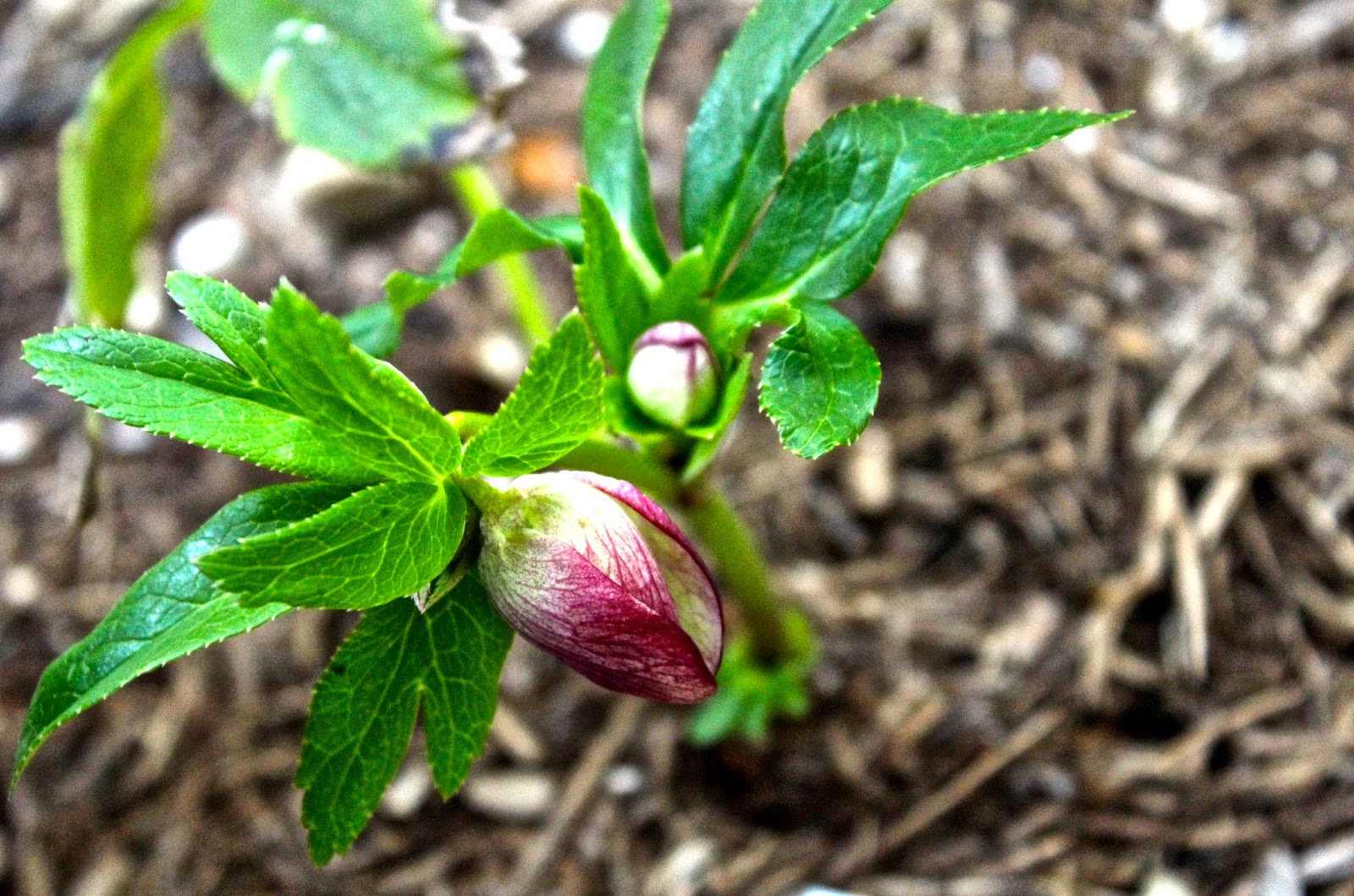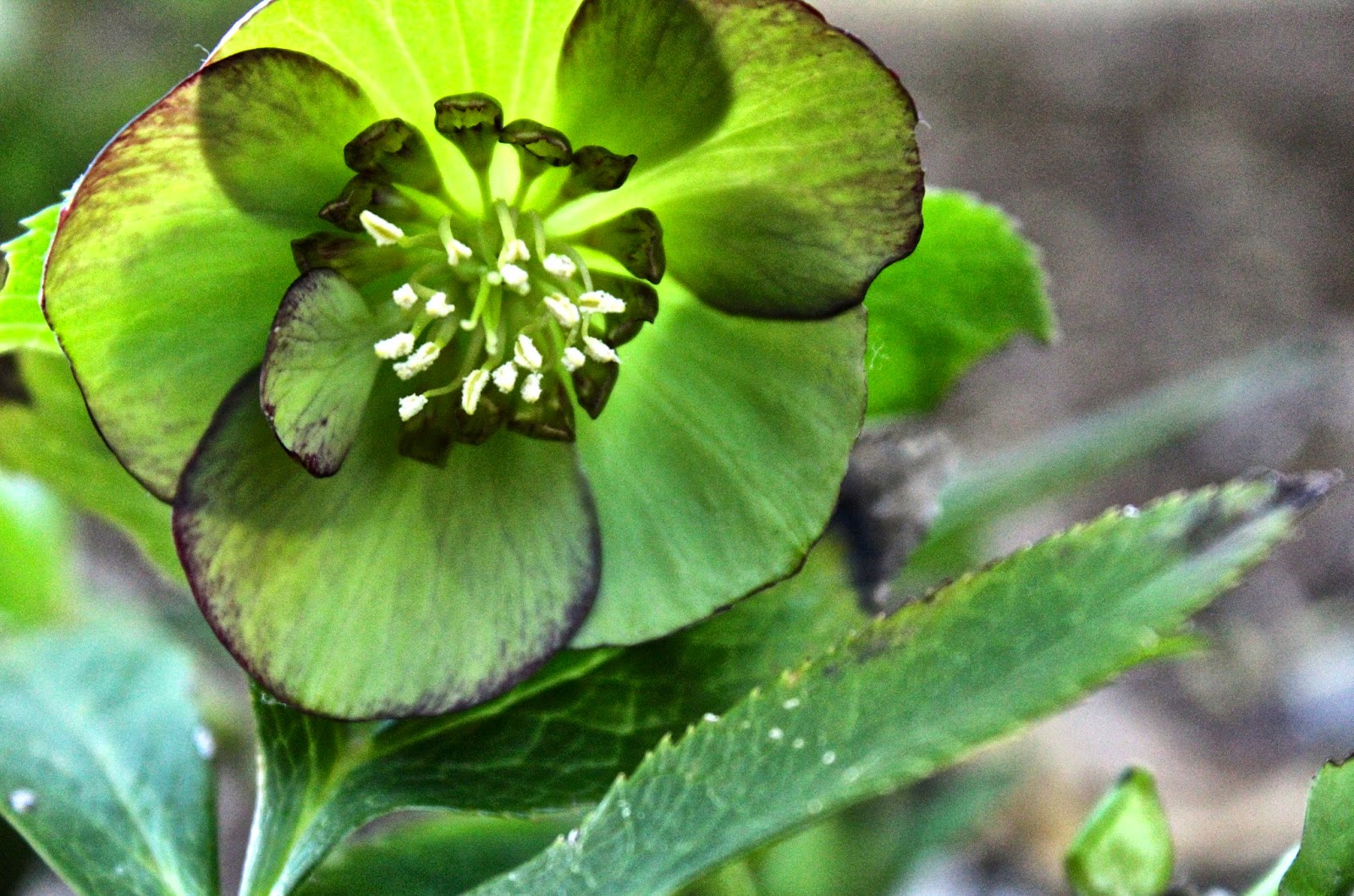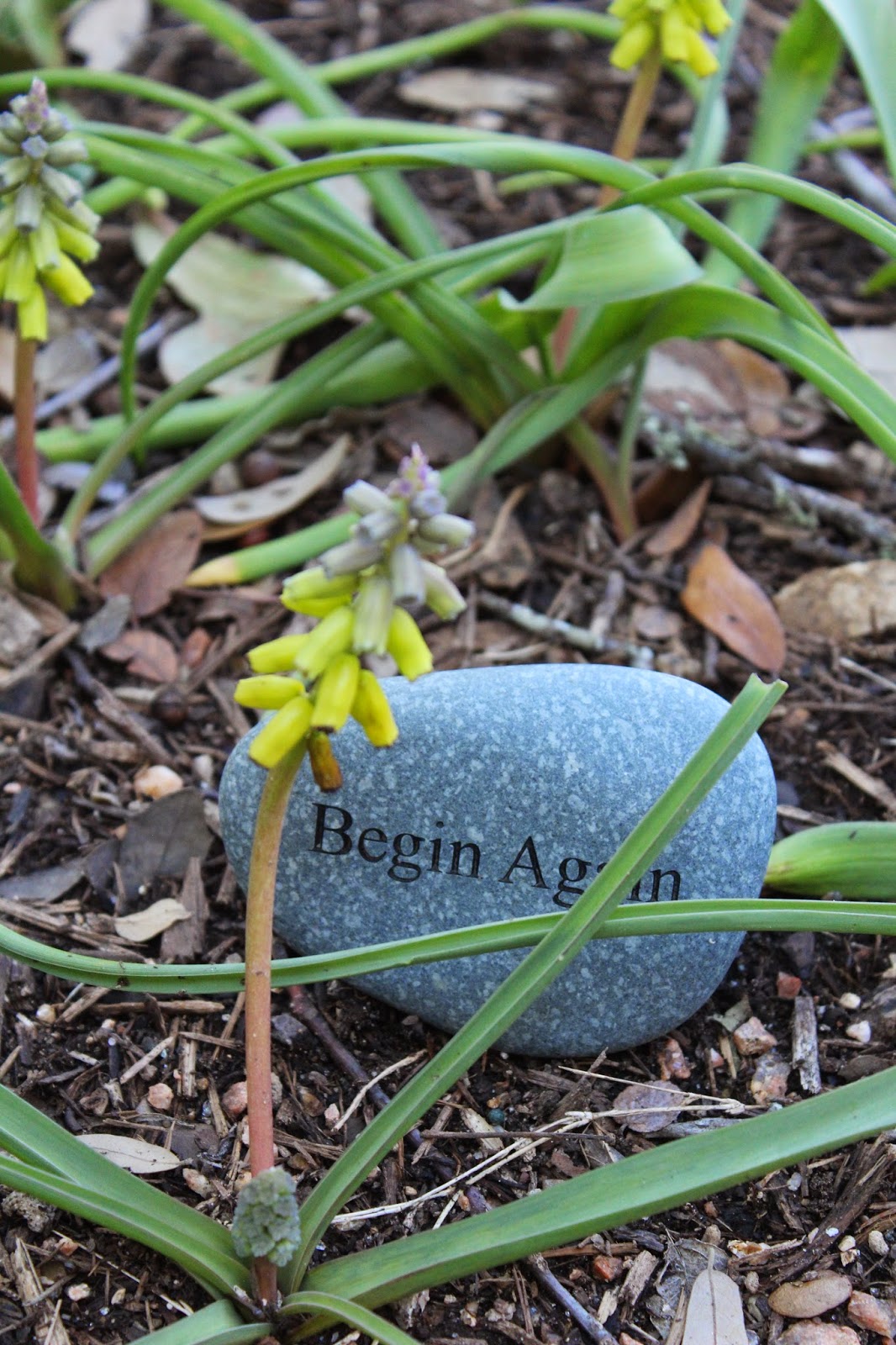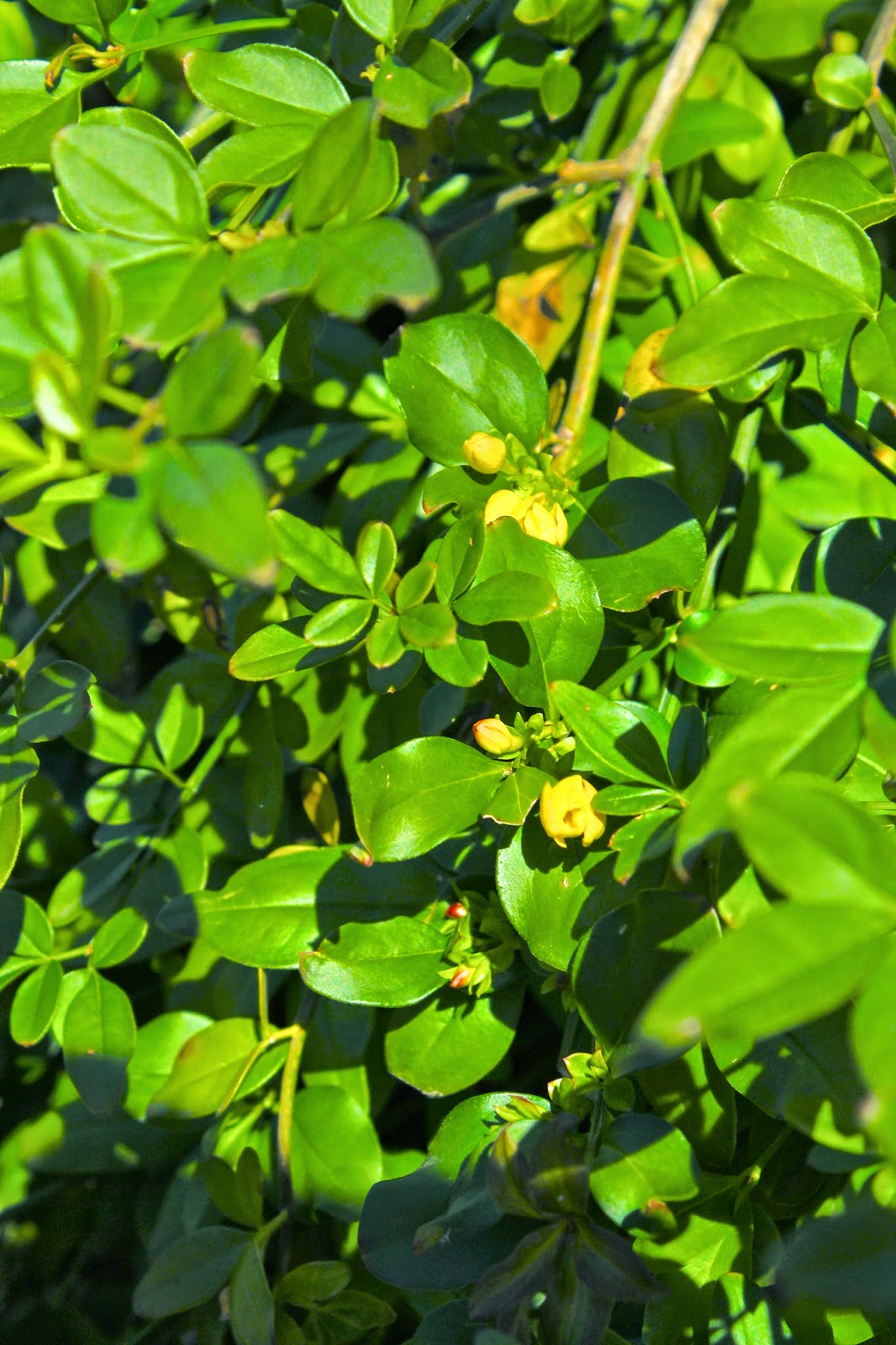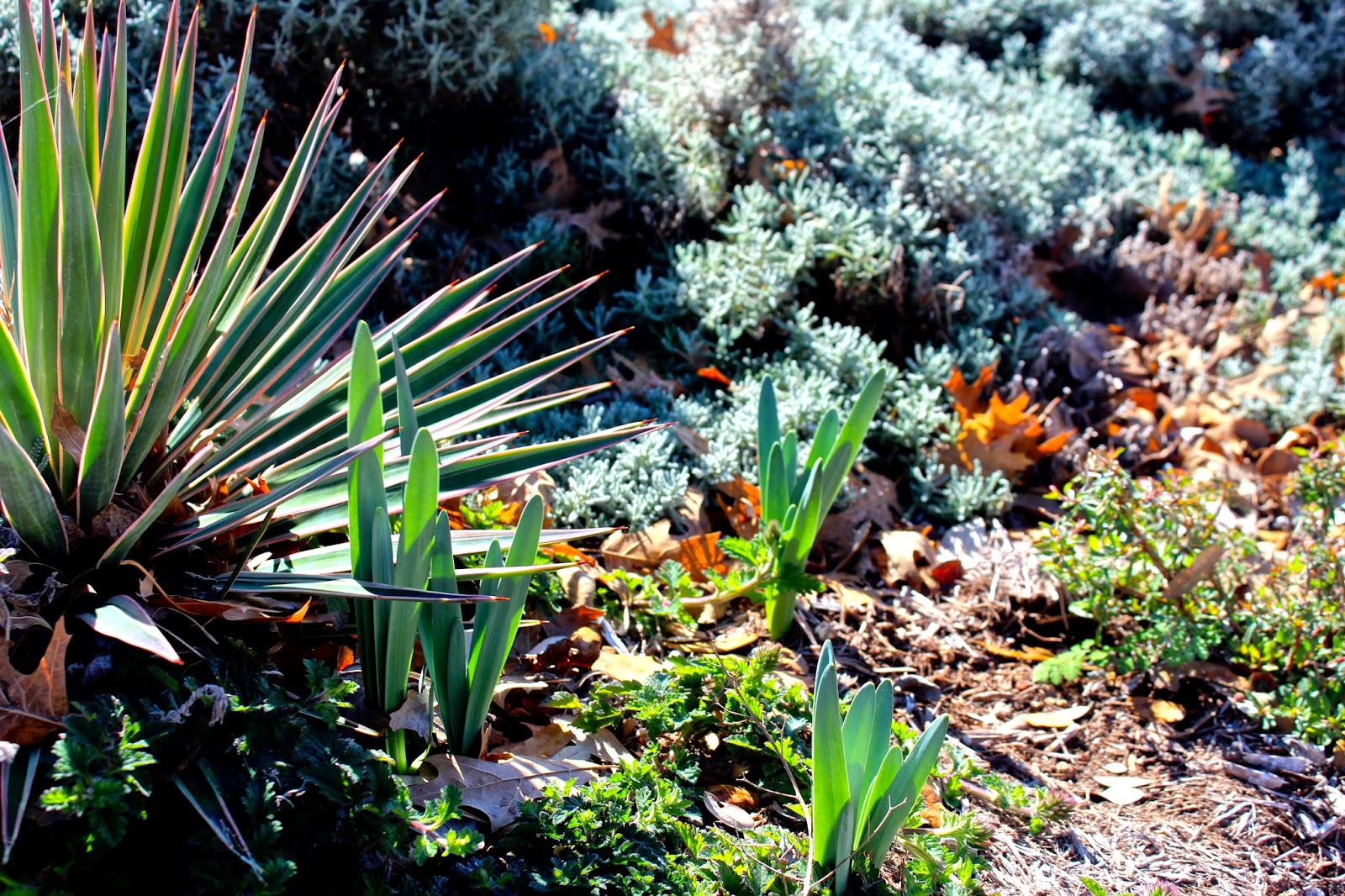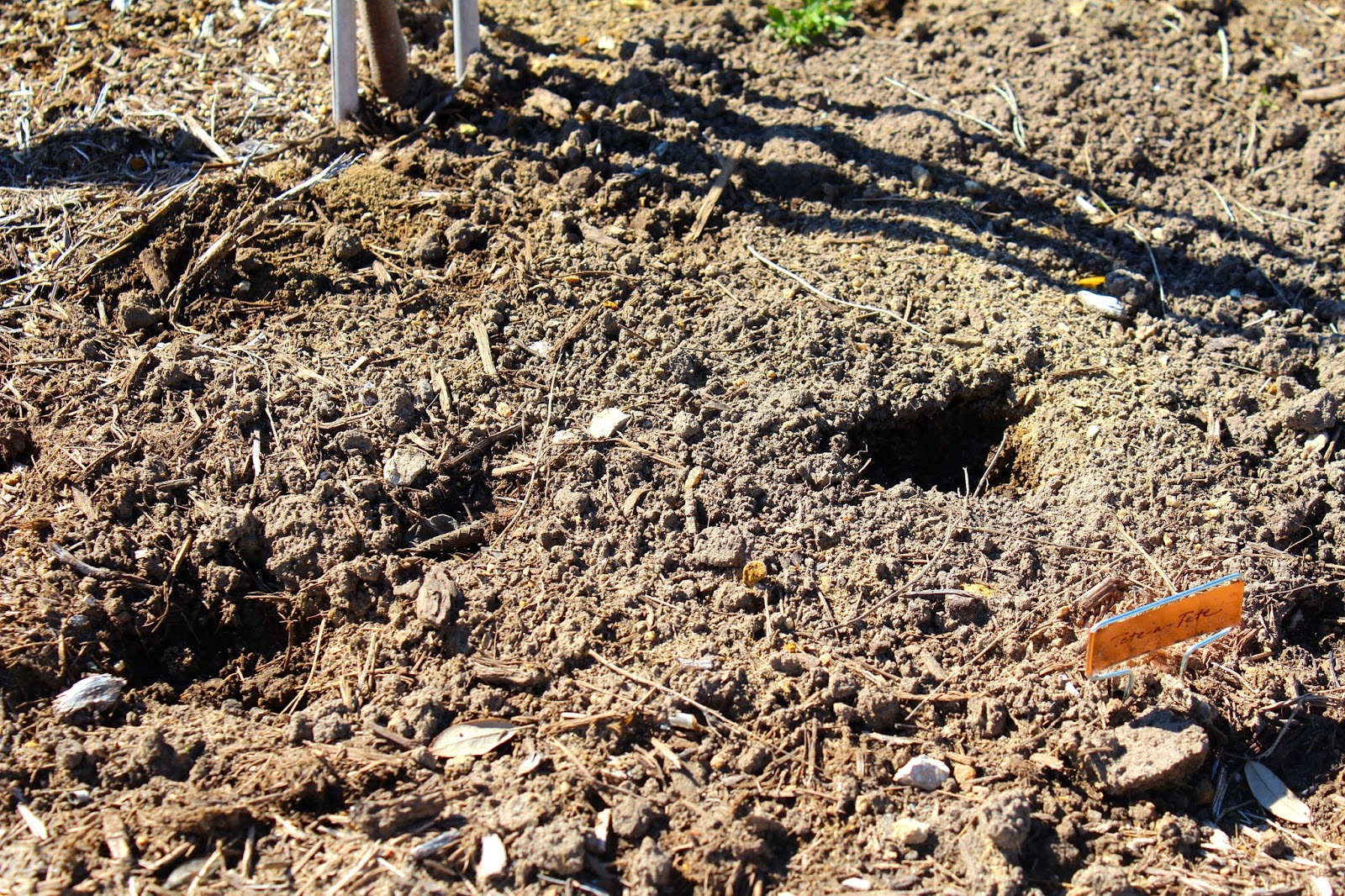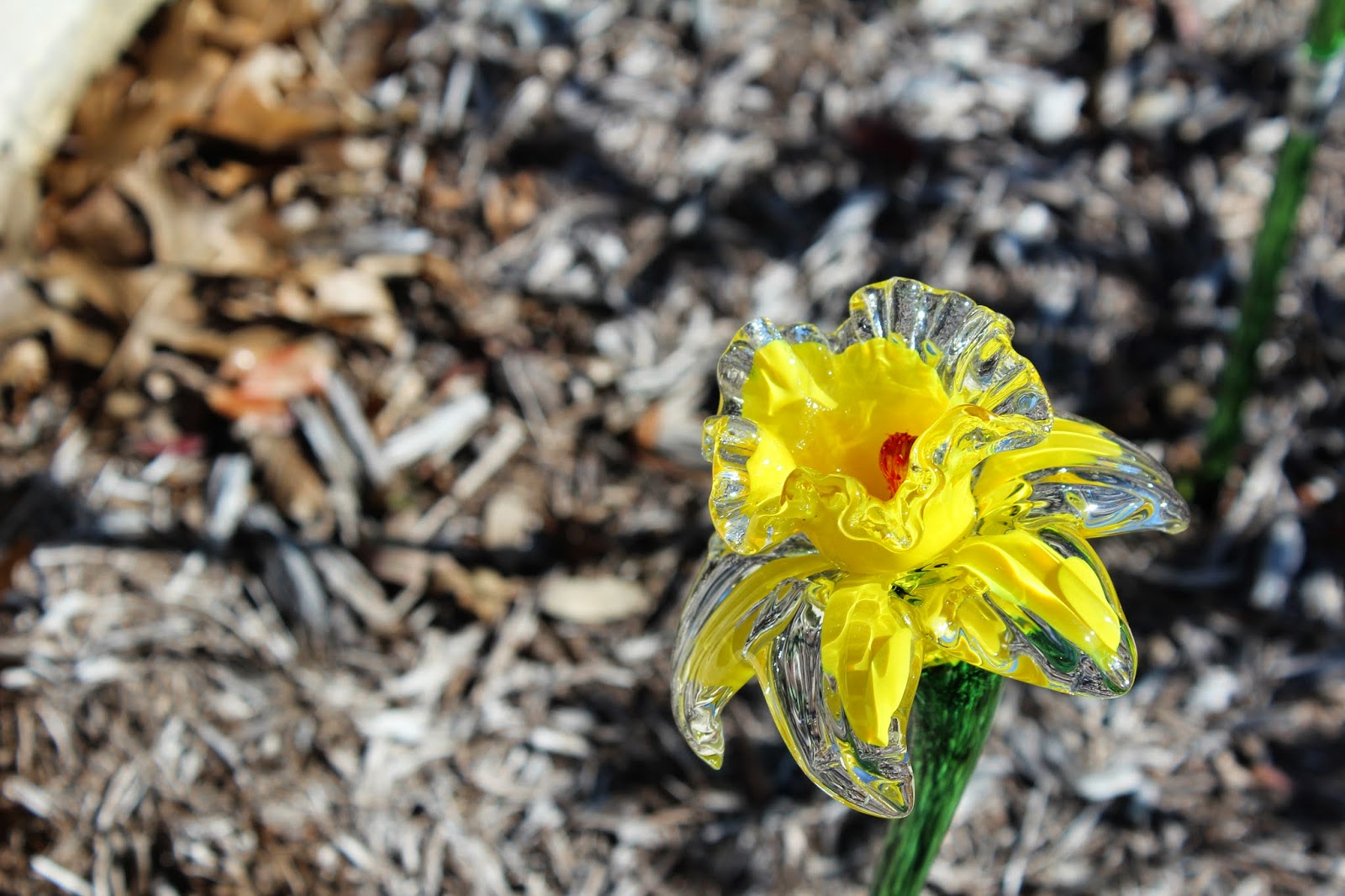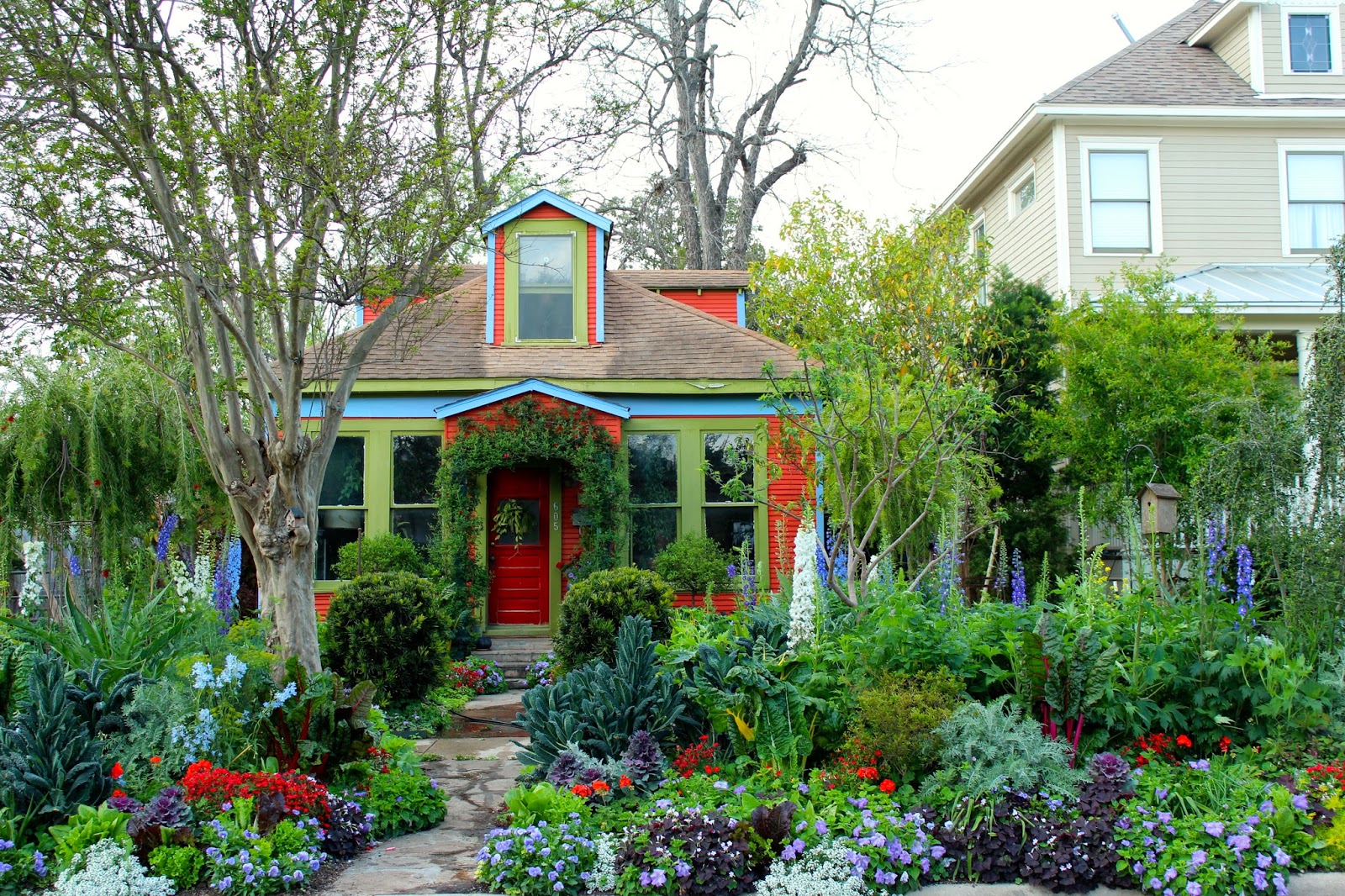Brilliant bluebonnets brighten the spring countryside in Central Texas…
It’s a banner year for Texas wildflowers. Just the right amount of fall and spring rain has bluebonnets, Indian paintbrush, Indian Blanket and a slew of other wildflowers cover Central Texas.
This burst of blooms even made the national news; I was delighted to see it on Monday night’s NBC Nightly News. We’re so proud of our wildflower displays that have their roots in the beautification efforts started by Lady Bird Johnson while her husband was president.
Lady Bird wanted to clean up Washington D.C. and the country’s highways by regulating billboards, junkyards and other unsightly displays that she felt marred the natural beauty of our nation’s countryside.
President Johnson announced the America the Beautiful initiative during his State of the Union speech in January 1965, saying:
“I want to make sure that the America we see from these major highways is a beautiful America.”
Thus followed Highway Beautification act that called for control of outdoor advertising and other items along Interstate or primary highways and encouraged scenic enhancement of our nation’s roadsides.
On her 70th birthday in 1982, Mrs. Johnson founded the National Wildflower Research Center, a non-profit environmental organization dedicated to the preservation and re-establishment of native plants in natural and planned landscapes. She donated 60 acres of land to establish the Center. In December, 1997, the Center was renamed the Lady Bird Johnson Wildflower Center in honor of Mrs. Johnson’s 85th birthday. Mrs. Johnson was chairman of the Wildflower Center’s board of directors until her death in 2007.
I remember well her passing, as the people of Texas lined up for miles along her funeral procession route, the hearse coming through Oak Hill on its way to her final resting place beside her husband at the family cemetery at the LBJ ranch.
She accomplished so much in her lifetime, and she left us an amazing legacy by raising awareness of the importance of preserving natural and native beauty in our nation.
Bluebonnets against the backdrop of the Hill Country.
The bluebonnet show is just as dramatic in contrast to Indian Paintbrush.
In my own garden, bluebonnets blanket my stone and granite path and my daughter’s play scape pea gravel, taking their place with another of my spring favorites, winecup.
Up close or as distant blur of constant blue along the hills of Texas, bluebonnets herald the arrival of spring like no other.


